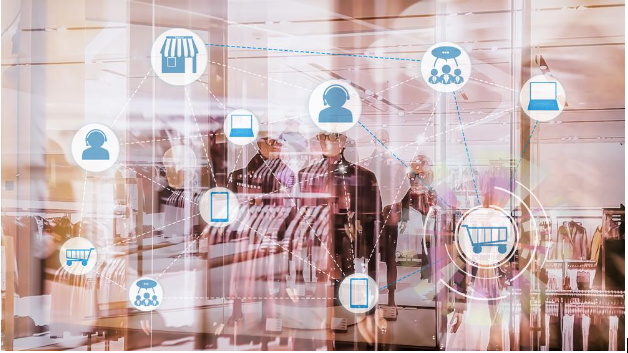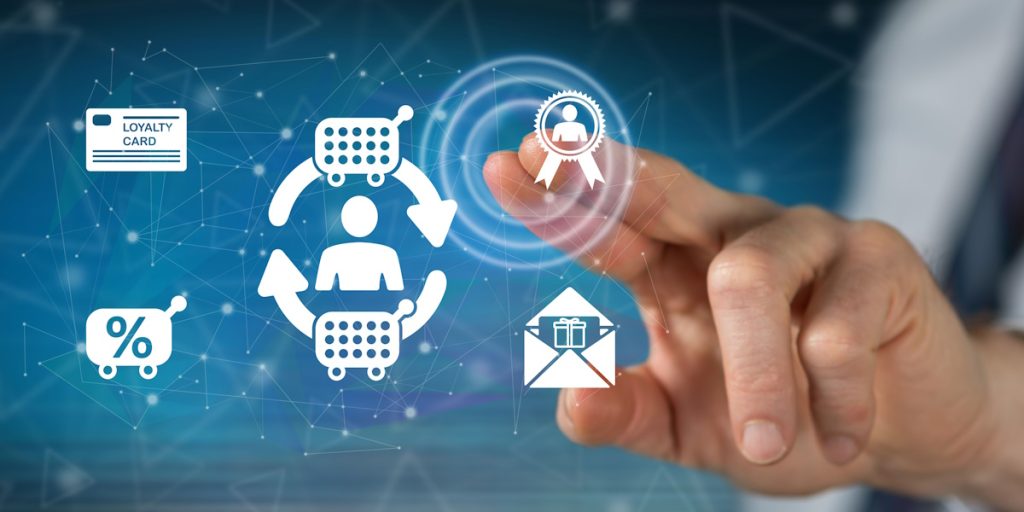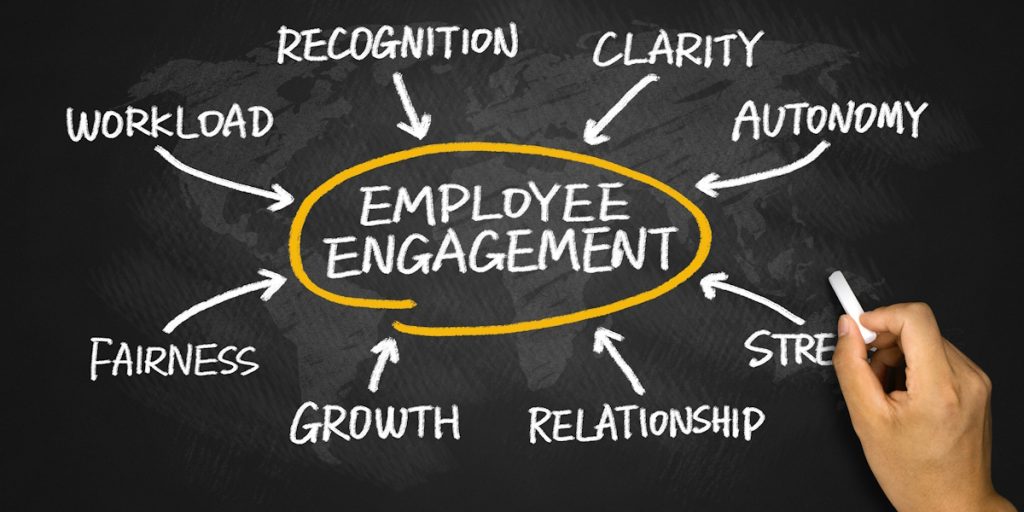Building strong relationships with business clients goes far beyond sending occasional discounts or seasonal offers. Companies need to understand their clients’ real needs, behaviors, and goals. That’s where data-driven B2B loyalty programs become a powerful tool. By collecting and analyzing data, businesses can design loyalty programs that feel personal, relevant, and rewarding for every client.
When used correctly, data gives companies a clear picture of what drives client loyalty. It reveals patterns, highlights opportunities, and helps remove guesswork. Whether you are launching a new loyalty program or improving an existing one, data gives your strategy a solid foundation. It allows you to connect your business objectives with your clients’ expectations in a more meaningful way.
Why Data Plays a Key Role in B2B Loyalty
B2B relationships are more complex than typical consumer relationships. Clients often make bigger purchases, involve multiple decision-makers, and build long-term partnerships. This complexity means loyalty strategies must be smarter and more targeted.
Data gives you clarity. It tells you who your clients are, how they buy, what they prefer, and how they interact with your business. For example, if you notice a client regularly places bulk orders at specific times of the year, you can create tailored rewards or early-access offers around that pattern. This level of understanding builds trust and makes clients feel valued.
Collecting and using data also helps reduce wasted efforts. Instead of sending the same offer to everyone, you can target each segment with the right message at the right time, increasing participation and loyalty.
Key Types of Data That Strengthen Loyalty Programs
Not all data serves the same purpose. A well-structured loyalty strategy uses a combination of data types to get a complete view of the client journey.
1. Transactional Data
This includes order history, average order size, product preferences, and purchase frequency. Transactional data is useful for spotting loyal clients, understanding buying cycles, and designing rewards that reflect actual behavior.
2. Behavioral Data
Behavioral data tracks how clients interact with your platforms. This can include website visits, email open rates, downloads, event participation, or even social media engagement. These patterns show what kind of communication and offers are most appealing to different segments.
3. Demographic and Firmographic Data
This includes information such as industry type, company size, geographic location, and annual revenue. This data helps you group clients into meaningful categories, making it easier to run targeted campaigns and offer rewards that fit their profile.
4. Feedback and Survey Data
Numbers alone can’t explain everything. Surveys, feedback forms, and reviews reveal the emotions and expectations behind client actions. For example, clients may tell you that they prefer recognition over discounts, or that certain rewards don’t feel relevant. This qualitative data helps fill in the gaps left by numbers.
How to Use Data to Personalize B2B Loyalty Experiences
Personalization has become essential in loyalty programs. Clients expect brands to understand their specific goals, not just treat them as part of a crowd. Data allows you to segment clients into different groups and tailor experiences for each segment.
For example, large companies that place frequent, high-value orders might appreciate exclusive previews of new product lines or higher reward tiers. Smaller businesses, on the other hand, might value tier-based discounts or flexible reward options. By applying personalization in B2B loyalty strategies, you can make each client feel recognized and understood.
You can also use data to personalize communication. Instead of sending generic newsletters, use purchase history and behavior data to send relevant messages that match each client’s interests. This makes your outreach more meaningful and improves response rates.
Aligning Data with a Solid Loyalty Strategy
A good program is not built on data alone. Data should always work hand in hand with a clear strategy. Start by defining your goals. Are you trying to increase repeat purchases, improve client retention, or grow participation in your program? Once your goals are clear, align your data collection and analysis around them.
Your B2B loyalty strategy should include measurable KPIs, such as participation rate, customer lifetime value, average order value, or retention rate. Regularly track these metrics and use data insights to make adjustments. This approach ensures your program evolves with your clients’ needs rather than becoming outdated.
When data and strategy are aligned, your program becomes easier to manage, more effective, and more impactful over time.
Tools That Help You Make Data Work
To fully benefit from data, you need the right tools. These tools make it easier to collect, organize, and analyze information.
CRM Systems
A CRM system stores all client data in one place. It helps you track interactions, record purchase history, and monitor communication preferences. A well-managed CRM allows you to build stronger client profiles and design better loyalty experiences.
Data Analytics Platforms
Analytics platforms transform raw data into useful insights. They help you find trends, segment your audience, and measure program performance. With analytics, you can make informed decisions instead of relying on assumptions.
Loyalty Program Management Software
Modern loyalty software can connect directly to your CRM and analytics tools. This integration allows real-time data sharing, which helps you adjust your loyalty offers quickly when client behavior changes.
How to Measure the Impact of Your Data-Driven B2B Loyalty Program
Launching a program is just the first step. Measuring performance is what keeps it strong. Look at metrics like:
- Retention rates over time
- Participation levels across different segments
- Average order values before and after joining the program
- Engagement with personalized offers or campaigns
Tracking these results shows what’s working and where improvements are needed. For example, if engagement is high but retention isn’t improving, you may need to refine your reward structure or communication strategy.
Regular measurement ensures your data-driven B2B loyalty program continues to meet both your business goals and your clients’ expectations.
Final Thoughts
Data is not just numbers on a screen—it’s the backbone of effective loyalty strategies. When used carefully, it transforms standard programs into meaningful experiences that strengthen relationships and support growth.
If your goal is to build the best B2B loyalty program for your business, start with accurate data collection, focus on personalization, and make sure your strategy and tools work together. Over time, this approach will lead to stronger client connections, higher retention, and a more reliable path to long-term success.
Ready to Take Your B2B Loyalty Program to the Next Level?




